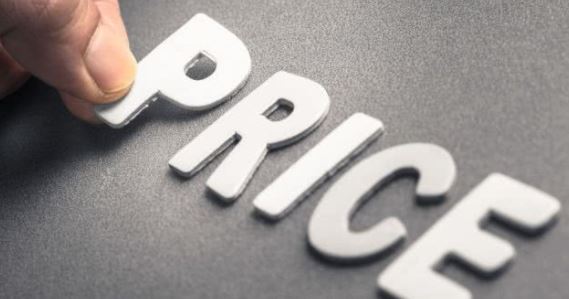
Although housing prices in the largest housing market have been suppressed, housing prices in many urban areas in Australia have risen strongly, and some have soared to historical highs, demonstrating their strong resilience in the face of the epidemic.
According to the Australian Financial Review report, CoreLogic’s analysis data shows that Dubbo, a small town in the midwest of New South Wales, has a population of about 50,000. In the six months ending in September this year, house prices rose the most, reaching 8.7%. Although Dubbo’s detached house prices have reached a record high, after all, their foundation is weak, and the median house price is still less than $300,000. House prices in nearby Orange also rose by 6.2% over the same period, bringing the median house price to a record $414,029. “Affordable prices, a laid-back lifestyle, no commuting, no traffic jams, a lot of parking spaces, good health care facilities and schools (all the reasons we decided to move). In a sense, this is a A truly self-sufficient hub.” Of the top five urban areas for capital appreciation, four of them have record-breaking house prices. Only the Griffith area has house prices that are 3.6% lower than the 2019 peak.
In Victoria, house prices in the Maryborough-Pyrenees area of Ballarat increased by 6.3% in six months, and in the year to the end of September, house prices rose by 15.1%.
Rory Costelloe, executive director of residential developer Villawood Properties, said that since the epidemic, sales of the entire Villawood development project, especially in smaller urban areas, have increased by 200% to 300%. “Although these places are far away, people can now live there and continue to work in Melbourne. The real reason for the increase in housing prices is that you can earn Melbourne wages instead of buying houses with Bendigo wages. A big difference.”

